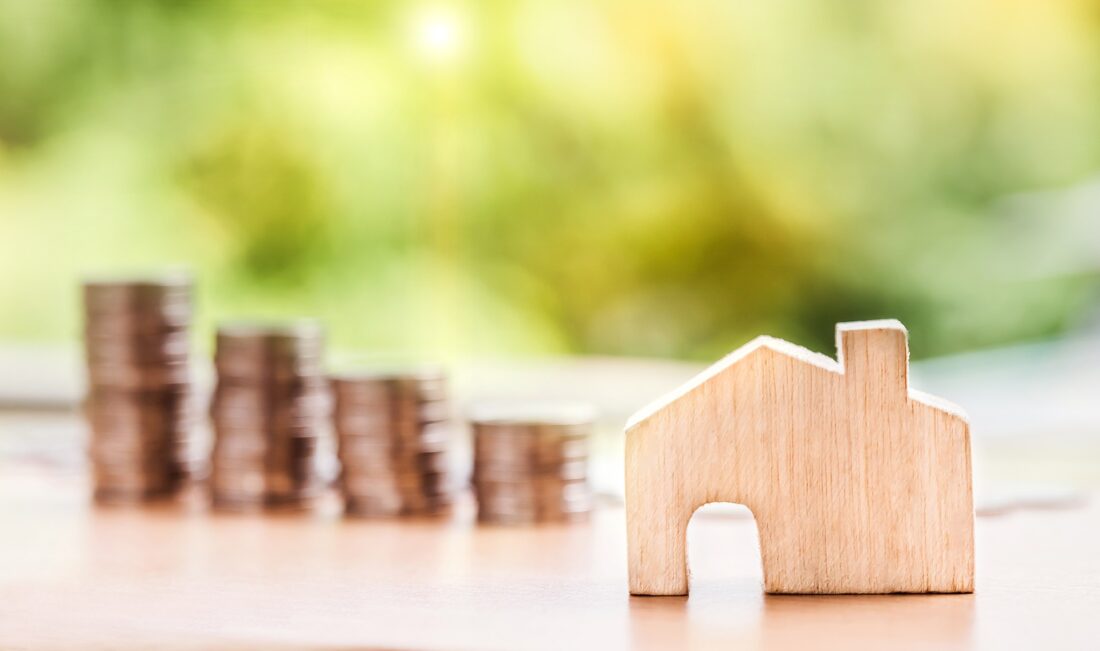
Having kids will consume your world. In an instant, self-interest melts away, replaced by the need and desire to care for new humans who have a lifetime of possibility ahead of them.
A few years after sprouting new limbs on your family tree, you may end up reflecting on the whole experience and begin to wonder about the other branches that came before you.
This is how you will get interested in genealogy, despite the fact that it will make you feel as old as heck. Just know that you are not alone – Hans Eckhardt has also taken a great deal of interest in tracing his roots.
Just recently, he traced his surname back to Germany, where another man by the name of Hans Eckhardt was born in the late 16th century.
These cool coincidences and other discoveries happen with regularity when you get into genealogy. Here’s how you can begin discovering the past of your ancestors and those of your relatives.
1) Start with your immediate family
Every genealogical journey starts in the same place – with your closest relations. Talk to your parents, grandparents, and great grandparents (if you are lucky enough to still have them around).
Make it your mission to learn about every birth, death, marriage, divorce, career, and accomplishment (both legendary and notorious) that happened in their past by asking them an exhaustive list of questions.
By being tactful, you’ll be amazed at the detailed responses you’ll get from your elders.
2) Go through family artifacts
Next, make it your personal mission to track down every family heirloom, artifact, document, and trinket you can find.
Start with your own attic, then move on to your siblings, your parents, your relatives, your grandparents, and others.
Keep your eyes peeled for scrapbooks, as they are treasure troves of information, but birth certificates, letters, diaries, and any other documents also provide info and weave a story that will bring the lower rungs of your family history to life.
3) Join genealogy websites/online groups
Now that you have amassed a load of info on your family, you can use it to conduct research that will make it easier to fill in missing gaps in your genealogical history.
Start by getting online at sites like Ancestry.com or FindMyPast.com, and conduct searches to answer any questions you might have.
Offline, head to your local government office to search records like census info, or to your local library to search resources like newspaper microfiches.
If you are stuck, it helps to focus on a story arc you wish to close, like an unknown mother on your Dad’s side or the military career of your great great grandfather.
It also helps to join Facebook Groups or subreddits dedicated to genealogy, as these forums are filled with experienced practitioners who can help you if you don’t know what to do next.
Take time to read the FAQ’s first, though, as failing to do so may attract the ire of long time posters who tire of answering the same queries over and over again.
If you still can’t find what you need, ask away, supplying all the details you can muster, and someone will surely assist you.

